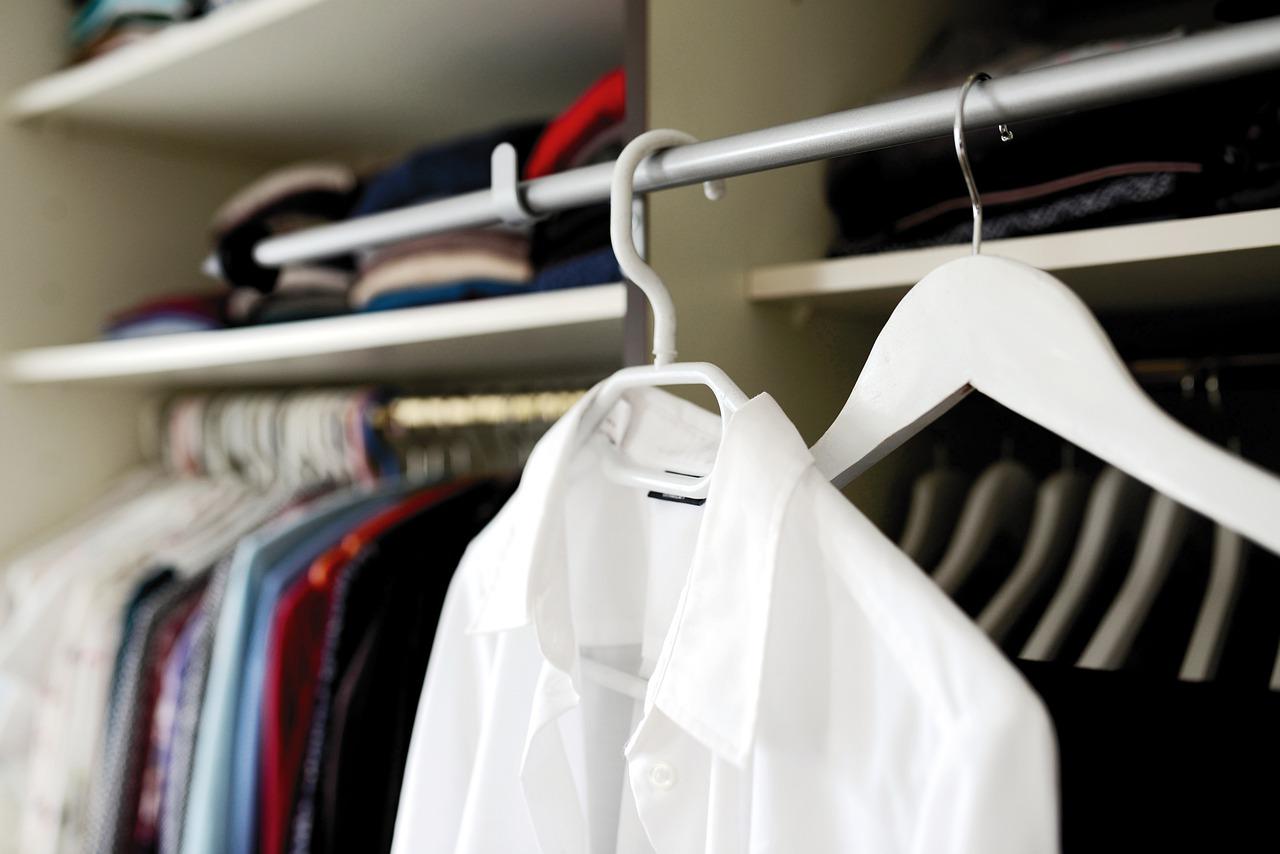
Pre-reading questions:
I will read each question. Then, please answer them.
講師がそれぞれの質問を読むので答えましょう。
- Do you like shopping for clothes?
- What kinds of clothing do you buy often?
Vocabulary:
I will read the words, meanings, and sample sentences. Then, repeat after me.
単語、意味、例文を読みます。講師に続いて音読しましょう。
- wardrobe /WAWR-drohb/
- industry /IN-duh-stree/
- require /ri-KWAHYUHR /
- material /muh-TEER-ee-uhl /
- energy /EN-er-jee/
[noun] – all of the clothes that a person owns
I want to buy a whole new summer wardrobe.
[noun] – the companies and activities involved in the process of producing goods for sale, especially in a factory or special area
The industry is facing a serious labor shortage.
[verb] – to need something or make something necessary
All living beings require food.
[noun] – a physical substance that things can be made from
We use high-quality raw materials for our goods.
[noun] – the power from something such as electricity or oil that can do work, such as providing light and heat
The shortage of energy is the problem.
Article reading:
Please read the whole article. Then, I will check your pronunciation and intonation.
記事を音読しましょう。講師はあなたの発音とイントネーションを確認します。
In certain nations, people are buying more garments than ever, but this trend cannot last. Would it be beneficial to have a “wellbeing wardrobe“?
If nothing changes soon, the production of fiber for the fashion industry may require 35% more land by 2030, and 25% of the world’s remaining carbon budget by 2050 is needed in order to keep global warming below 2C. This is true, even though it can seem impossible. While the amount of time we spend wearing clothing has decreased by more than 40% over the last almost 15 years, garment production has more than doubled. This cannot continue. A “well-being wardrobe” has been proposed in a recent study as a new design paradigm where the environment’s and people’s health are valued over the ever-increasing consumption of disposable fast fashion.
We should take action to decide the direction of fashion and work toward a wardrobe that serves both people and the environment rather than allowing a tidal wave of useless clothing to exhaust our limited supply of materials, our energy, and our carbon budget.
If nothing changes soon, the production of fiber for the fashion industry may require 35% more land by 2030, and 25% of the world’s remaining carbon budget by 2050 is needed in order to keep global warming below 2C. This is true, even though it can seem impossible. While the amount of time we spend wearing clothing has decreased by more than 40% over the last almost 15 years, garment production has more than doubled. This cannot continue. A “well-being wardrobe” has been proposed in a recent study as a new design paradigm where the environment’s and people’s health are valued over the ever-increasing consumption of disposable fast fashion.
We should take action to decide the direction of fashion and work toward a wardrobe that serves both people and the environment rather than allowing a tidal wave of useless clothing to exhaust our limited supply of materials, our energy, and our carbon budget.
True or False:
Read the sentences and identify if they are true or false based on the article.
文章を読んで、記事に基づいて正誤を答えましょう。
- In certain nations, people are buying more garments than ever.
- The fashion industry may require 45% more land by 2030.
- A “well-being wardrobe” has been proposed in a recent study.
- The environment’s and people’s health come second to the ever-increasing consumption of disposable fast fashion.
- We should work toward a wardrobe that serves both people and the environment.
Fill in the blanks:
Choose the correct word from the table then fill in the blanks.
適切な言葉を選んで空欄を埋めましょう。
| wardrobe | industry | require | material | energy |
- These pets ______ a lot of care and attention.
- This kind of ______ absorbs water easily.
- My ______ needs to be renewed.
- The city needs to attract more ______.
- We import raw materials and ______.